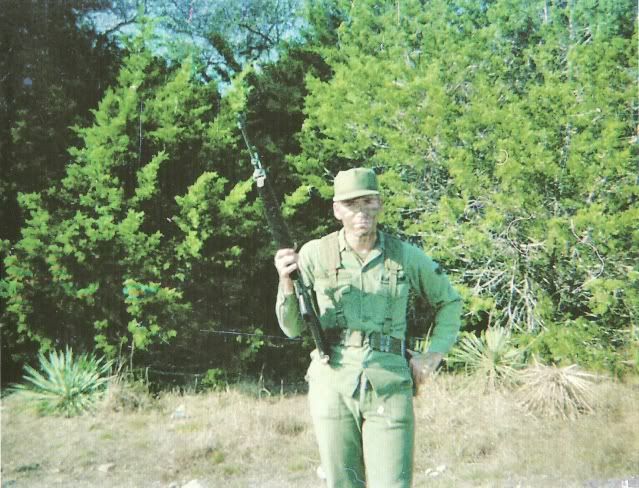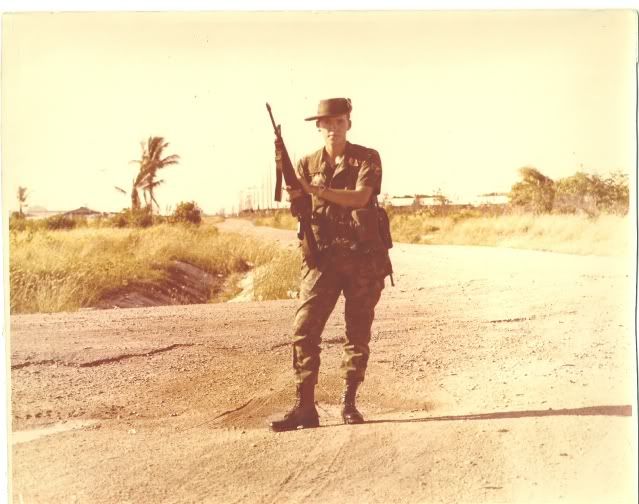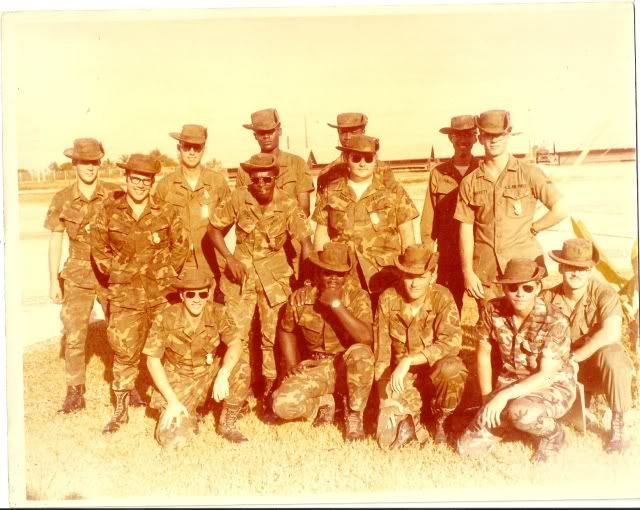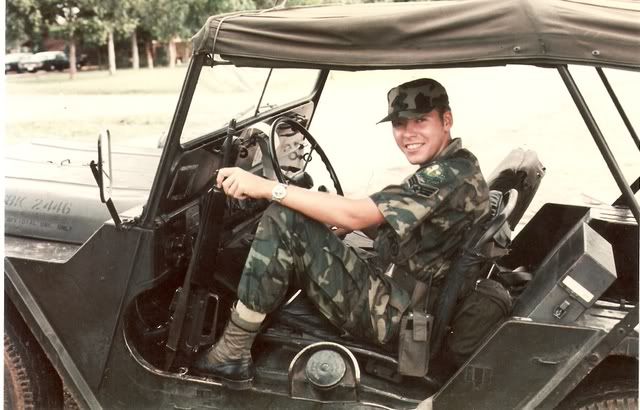I saw this pic today of M2 Bradley’s being moved in europe. It looks like they have identical camo markings. Has the US military standardized camo patterns? I work mostly with WW2 armor, so I haven’t really kept up. Thanks, Barrett
Hello!
Looks to me like a standard NATO camo, brown and black over factory forrest green. I bet there’s a TM lining out the intended camo pattern an soldiers try to follow that while painting - with some tolerances of course. This camo has been around for thirty years or more, I think.
I’m counting on our practics here (they don’t like to be called experts) to add lots of interesting info to what I wrote above.
Have a nice day
Paweł
It’s the standard US Army NATO camouflage that’s been in use since the 1980s. Most of our equipment was in this pattern as we left the MERDC scheme of the late 70s and early 80s.
After Desert Storm in 1991, our focus left a war in Europe and towards war in the Middle East. So we painted many of our vehicles in desert sand.
But there were still units in the US that kept their equipment in NATO 3-color.
Just about every Tamiya model kit from the 80s to today will have a standard US NATO 3-color camouflage paint scheme for a vehicle in use from about 1987-2020.
Like Pawel said there is an intended pattern and ratio of coverage that is adhered to at the factory. The factory may have projected stencils which vehicle painters follow. A pattern os laser projected onto the vehicke and then painters mask the outline, kinda like " paint by numbers". That may explain why they all look identical.
Being retired Navy, I was going to make an ‘other service’ disparaging comment here . . . But I will play nice, today.
The Army, Air Force and Marines all used the same patterns. It was a NATO standard, so the Bundeswehr also used it. I think the Republic of China uses it too.
Computers paint the schemes on a lot of equipment.
I’m not sure about the Navy, they camouflage their sailors to make it harder to find them if they fall overboard.
Yes, fortunately the ‘blueberries’ were after my time. That camo never made sense to me. As a diver, we were either in the chambrey shirt and dungarees or all over green utilities, then shifted to camo in the 90’s.
Back in the 70s our vehicles were O.D. with one exception and that was our command track. The uniforms were another matter. You could be wearing the standard green fatigues (now with this new thing called permanent press), jungle green or two different approved cammo patterns, and then tiger stripe, which I only wore on rare occasions at night. Sometimes new guys would have a set of cammo fatigues made locally while waiting fortheir issued ones to be done.
Was issued couple sets of fatigues in Thailand, blouse and pants both had cargo pockets. In just plain OD, but in a square pattern, rip stop IIRC. Kind of like today’s Wrangler Riggs work wear, but in a way lighter weight fabric…if you got caught in the rain, you’d be dry in a half hour. You’d get wetter in rain gear than without it.
That was '73.
Had a good friend at Ubon and/or Korat back about that time. He was AF Security Police then, walking circles around BUFF’s and other such things. That was when the O.D. Jungle fatigues were the thing and much more comfortable that the standard greens.
They told us not to get them tailored, but the SP’s were, and it didn’t take long before they went to the tailor shop downtown, because nothing happened. Wearing untailored made you stand out as someone just off the plane from the States.
Outdated now, of course, but circa 1990, it was this document: (Tech Bulletin 43-0209)
015165.PDF (imfmotorpool.com)
That TM is a treasure to a modeller!
At U-Tapao you had no choice about tailored fatigues. You went from the cop supply point to the commander’s office for his meeting with you and while there the people who would do the work came ion and took you measurements and walked out with your uniforms. When you got them back they did look better than the tents they were and had all the necessary markings, stripes, names, and squadron patch. It was always done at a shop across from the barracks called The Siamese Cat. The cost was deducted from our check later. All the work was hand done and with a foot powered Singer sewing machine.
Thanks, everyone, for this really helpful discussion. The manual is a great help. I should have figured the Army would have a right way for doing it! [;)] Barrett



